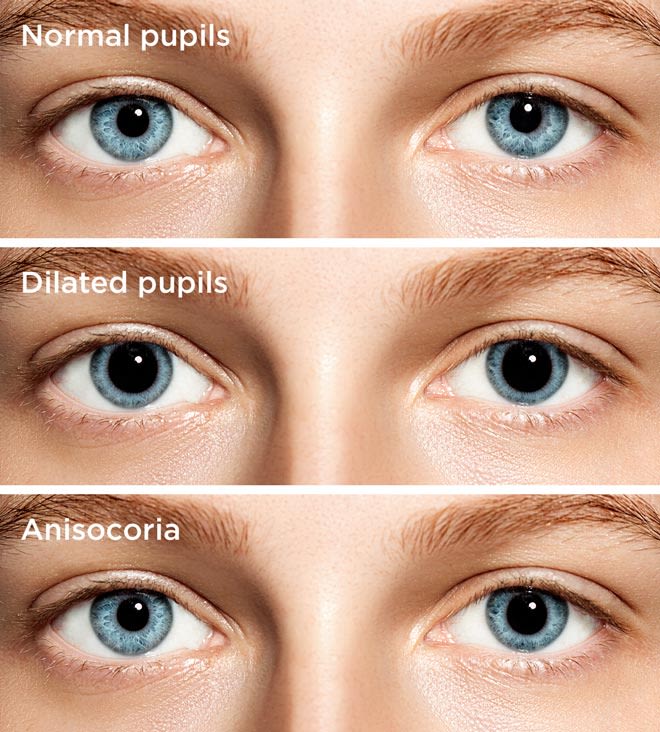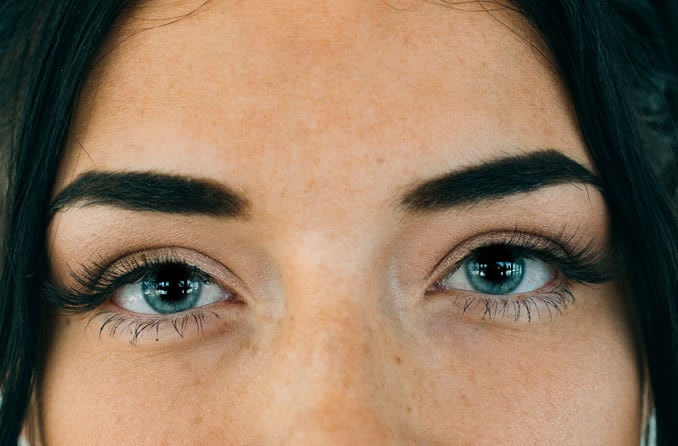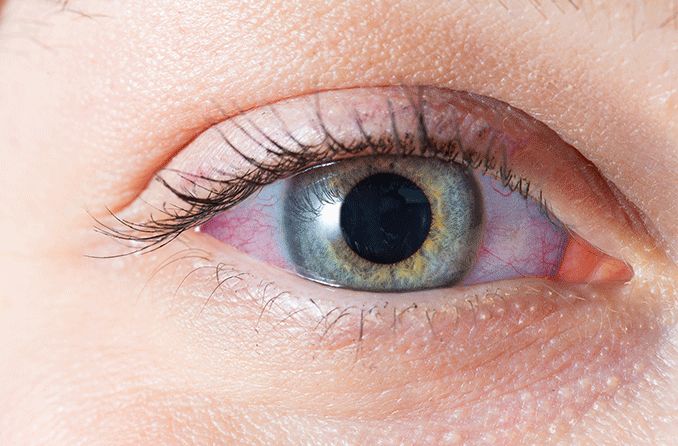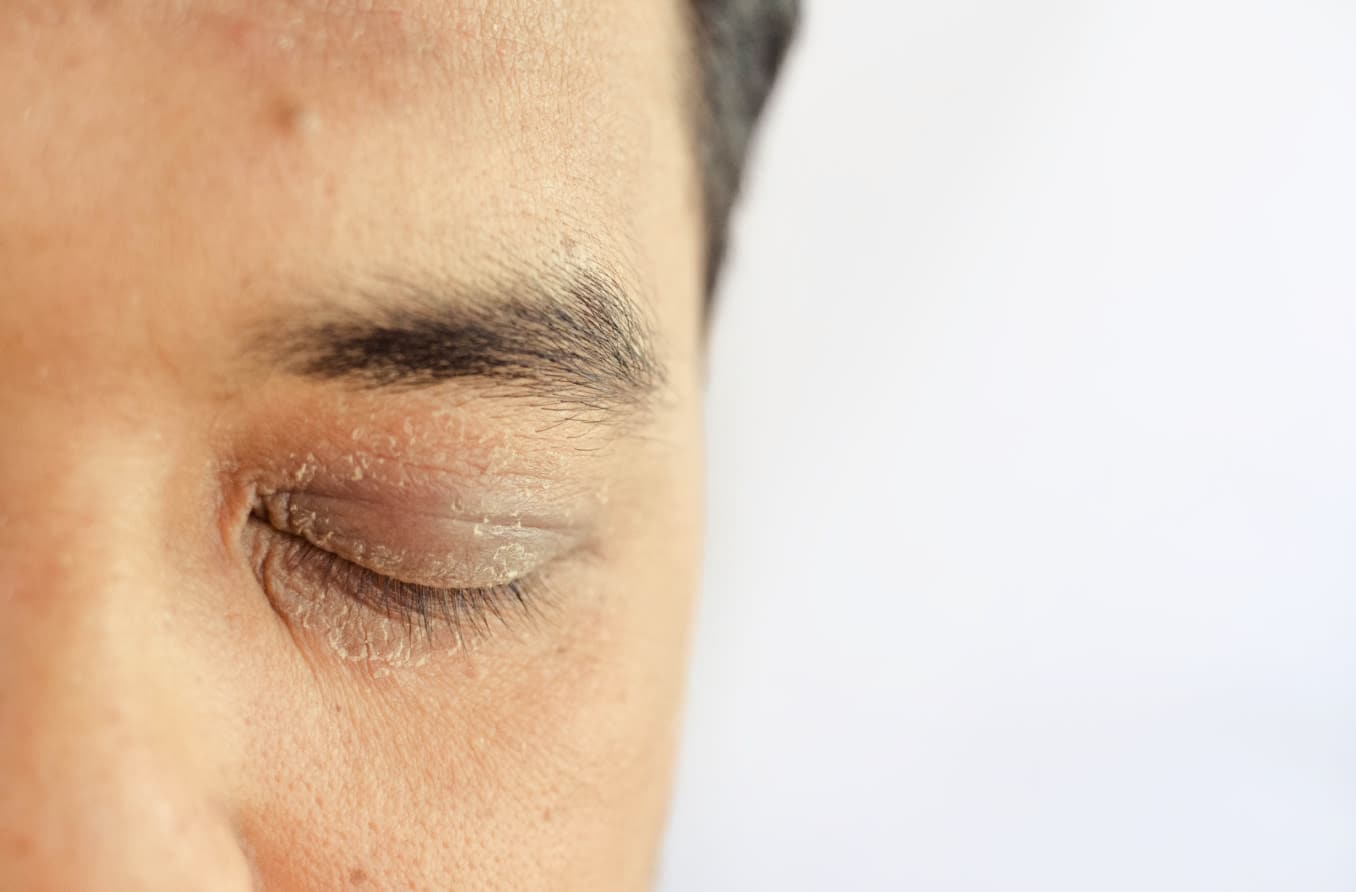What causes dilated pupils?
Dilated pupil causes include:
Medications
The following prescription and non-prescription medicines can cause your pupils to dilate and affect their ability to react to light:
SEE RELATED: Eye dilation exam FAQs
Eye injury
An eye injury can damage your iris and cause the pupil to become dilated or abnormal in shape. This can happen if something hits your eye, a chemical splashes onto it or from other kinds of injuries. It can also happen after certain eye surgeries.
Brain injury or condition
A head injury, stroke or brain tumor can affect how your eyes react to light and cause dilated pupils. One or both eyes may be affected.
This is why you see physicians checking an athlete's pupils with a penlight following head trauma sustained during sporting events, or when a patient arrives at a hospital emergency department with other possible stroke symptoms.
Recreational drug use
A number of drugs people use recreationally can cause dilated pupils. These drugs include:
- Amphetamines
- Marijuana
- Cocaine
- LSD
- MDMA (ecstasy)
- Methamphetamine
Research has shown that alcohol can reduce your eyes' ability to recover from exposure to a bright light source (such as oncoming headlights at night) and adapt to changing light conditions. However, alcohol does not cause your pupils to dilate.
Benign episodic mydriasis
This is an unusual but harmless condition where one pupil (unilateral) or both pupils (bilateral) become dilated for a short time. This can be accompanied by blurry vision, light sensitivity or eye pain, but many people don't have other symptoms.
When both pupils are affected, they can be dilated at the same time or alternate between the eyes.
Women and people who get migraines are more likely to get benign episodic mydriasis. On average, each episode lasts around 12 hours, but they can be as short as 10 minutes.
The pupil returns to its normal size and function without treatment.
READ NEXT: Floppy iris syndrome
Adie's pupil
Also called Adie's tonic pupil or tonic pupil, this is a rare neurological disorder where one pupil or both pupils (less common) are larger than normal and react slowly to light. Sometimes, the pupils do not constrict at all, or react better when you're looking at something up close.
This pupil abnormality may be accompanied by poor or absent tendon reflexes. When this occurs, the condition is called Adie syndrome or Holmes-Adie syndrome.
Generally, the cause of Adie's tonic pupil is unknown. The condition is usually benign and doesn't require treatment, although it can sometimes be associated with trauma, eye surgery, infection or other factors.
Congenital aniridia
This is a rare condition where a person is born with a mostly or completely absent iris, which makes the pupil look very large. It usually affects both eyes and is often accompanied by other eye problems.
Aniridia can make the pupils look dilated, but it isn't true dilation. They only appear that way because the iris is mostly or completely missing.
READ NEXT: What is a blown pupil?
Treatment for dilated pupils
Dilated pupils don't always need to be treated, but when they do, the treatment depends on what's causing them.
If your pupils are dilated or react more slowly to changing light conditions, you may be more sensitive to bright lights. Your eye doctor might recommend eyeglasses that darken automatically in daylight or sunglasses with polarized lenses to make your eyes feel more comfortable outdoors.
Custom prosthetic contact lenses can also help reduce the light sensitivity caused by dilated eyes. Prosthetic lenses give the appearance of having normal pupils of equal size and are especially beneficial for large or irregular pupils caused by trauma.
When to get help
Talk to an eye doctor if your pupils seem dilated or are different sizes. If you recently started taking a new medication, call your prescribing doctor for advice.
In some cases, dilated eyes are a sign of an urgent health problem. Get medical care right away if you recently had an eye or head injury and one or both eyes are dilated.
A stroke can also make one or both pupils dilated. Get immediate medical help if you have sudden weakness or numbness (especially on one side), trouble speaking or balancing, vision changes, or other symptoms of a possible stroke.
SEE RELATED: What is a dilated eye exam










